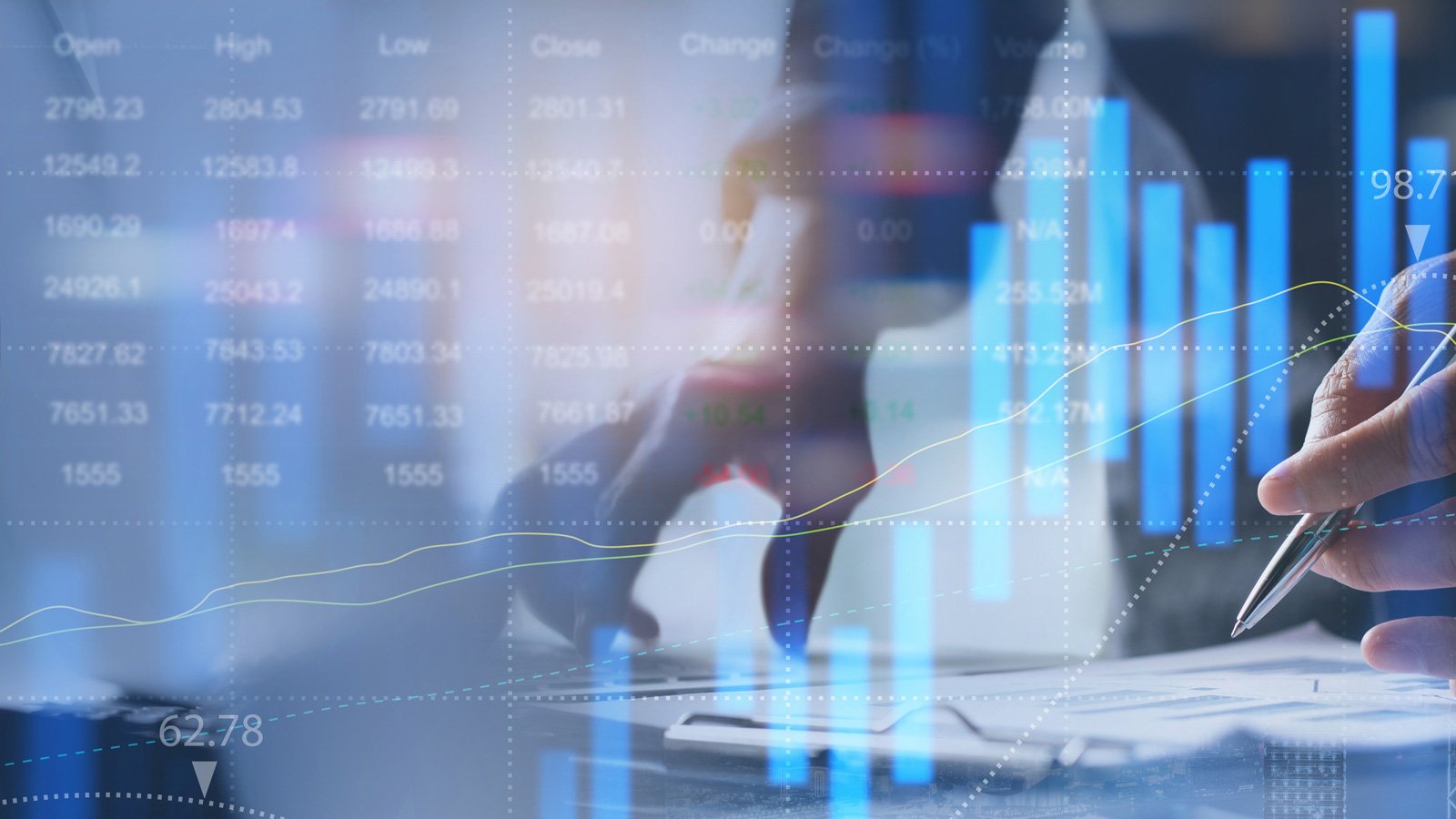With the Climate Act, Europe is taking major steps towards CO2 reduction in order to reach climate neutrality in 2050. This task creates urgency for organizations to understand CO2 emissions and reduce the carbon footprint. By focusing on optimizations based on data and also offering insight into CO2 emissions, Milgro wants to support organizations in making them more sustainable. In this blog we take a closer look at the relationship between waste, raw materials and your CO2 reduction.
CO2 and opportunities to enhance sustainability
Managing raw materials and closing material chains is an ideal scenario for many companies. It is not always clear which approach is efficient. By managing raw materials, organizations use opportunities to become more sustainable. Insight is an important requirement in this regard. Knowing exactly which raw materials are used, with what volume and what costs leave the company and what the CO2 emissions are from those raw materials used is an important KPI for taking sustainable steps in managing natural capital.
Measuring avoided CO2
In order to report on CO2 for the waste and raw materials process, traditionally reported on avoided CO2. In the linear economy, waste is the final stage of products and raw materials. In this final stage, waste is seen as a raw material for, for example, generating energy or for recycling into a new product. To support this vision, the avoided CO2 method is applied. It compares the CO2 emissions of production with recycled raw materials with production with newly extracted 'virgin' raw materials. For example, recycling ensures avoided CO2, since fewer CO2 emissions are released than with 'virgin' production. And energy obtained from processing such as combustion also has a positive effect on the avoided CO2 balance because this energy production is compared with extraction from fossil fuels.
CO2 reporting for sustainable raw materials management
In the avoided CO2 method, there is a positive relationship between the amount of waste and avoided CO2. This is a relationship that does not fit in with a sustainable raw materials approach. After all, the approach here is to extend the life of raw materials. To do that, it is important to know the performance, such as the CO2 impact, for each part of the process on the basis of insight. As a result, choices are made that have a positive effect on the performance of an entire chain and not just a sub-process.
LCA, which stands for life cycle assessment, offers tools to visualize the impact of a raw material in all phases of a life cycle. It stimulates the prevention and reduction of avoidable waste and promotes the choice for a sustainable processing method for unavoidable waste. In the long term, this means a reduction in CO2 emissions for an entire chain without the impact being shifted between links in the chain. The latter is reflected in the avoided CO2 method.
Milgro CO2-reports
Milgro makes managing natural capital possible with its proven technology, methodology and approach. In doing so, we enable companies to profitably integrate sustainable use of raw materials into their business operations. The aim is to extend the life of raw materials. That is why Milgro has developed a CO2 method, based on the LCA method, which provides long-term insight.
Want to know more about our services? Of would you like to stay informed of all developments regarding the renewed CO2 reporting? Follow us on LinkedIn.













